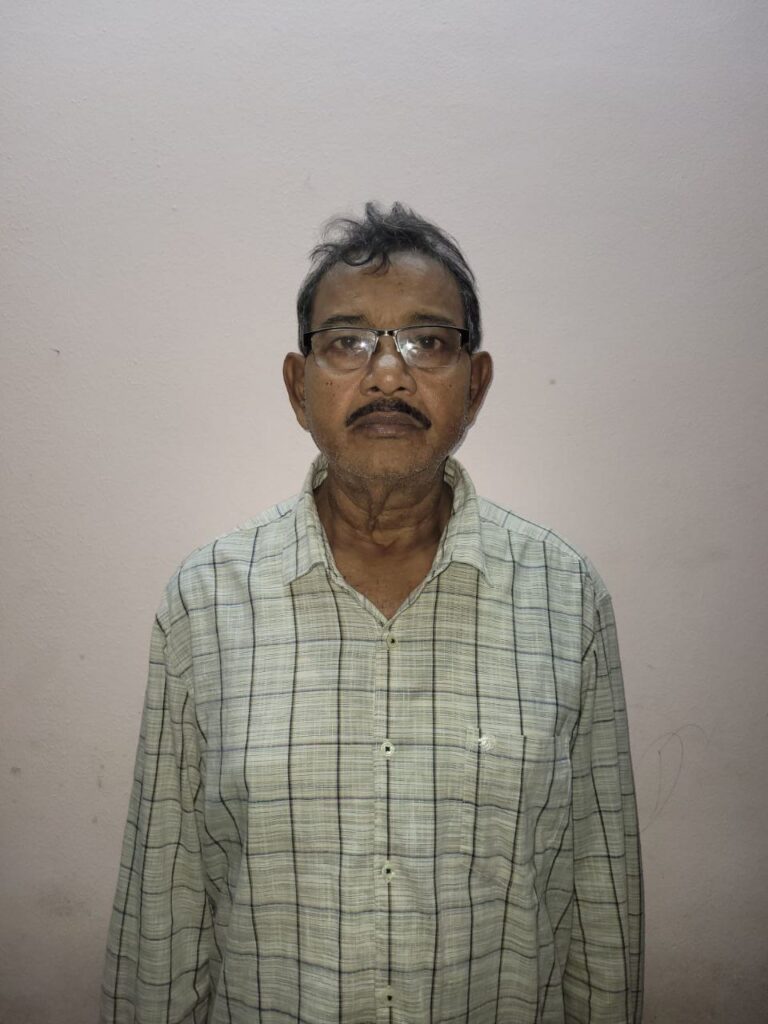The ASGI Patient Story Corner is a place of strength, resilience, and hope. Through personal journeys, our community members share their experiences with amyloidosis—spreading awareness, inspiring others, and proving that no one fights alone. These stories serve as a beacon of courage, reminding us all of the power of unity and perseverance in the face of adversity.

Atul Pandya
Type of Amyloidosis: AL Amyloidosis
Diagnosis Year: 2019
Atul Pandya, a former Project Head in a chemical company, was diagnosed with AL Amyloidosis in 2019 after a lip biopsy confirmed the condition. The disease primarily affected his tongue and nervous system, leading to macroglossia (tongue enlargement) but did not impact major organs. He underwent autologous bone marrow transplantation (ABMT) in 2020 and has since been on maintenance immunotherapy. Due to financial constraints, he could not use Daratumumab, a first-line drug, and instead relies on Bortezomib and Carfilzomib as part of his remission maintenance therapy. The monthly treatment costs approximately ₹40,000.
Currently, he is under the care of Dr. Suresh Advani in Chembur, Mumbai. Despite being in remission, he faces ongoing challenges such as fatigue, constipation, and edema. He had to leave his job in 2023 due to the long-term side effects of chemotherapy, having undergone 75 chemotherapy sessions. His treatment now includes Pomalidomide (oral) and monthly Carfilzomib infusions, while Dexamethasone was discontinued due to high blood pressure and side effects.

Gopal Banerjee
Type of Amyloidosis: Suspected (Grade III D/D)
Diagnosis Year: 2024
Gopal Banerjee, a 68-year-old from Bardhaman, West Bengal, had been experiencing shortness of breath with exertion for two years, which worsened in August 2024 with swelling in both legs. Initial medical tests revealed fluid buildup around his lungs (pleural effusion) and heart (pericardial effusion). He first received treatment from a pulmonologist in Bengal before seeking further care at Chennai Apollo. Diuretic medications helped relieve some symptoms, but echocardiogram (ECHO) results suggested possible cardiac amyloidosis due to heart dysfunction and high NTproBNP levels.
A PET-CT scan later showed reduced lung fluid and an abnormality in the sigmoid colon, but a biopsy did not confirm amyloid deposits. However, blood tests indicated an imbalance in light chain proteins (kappa-lambda ratio), and a bone marrow biopsy suggested light chain paraproteinemia, a strong indicator of amyloidosis. Additionally, a cardiac Tc99 PyP scan showed a pattern similar to Grade 2 ATTR amyloidosis, confirming the likelihood of cardiac involvement.
